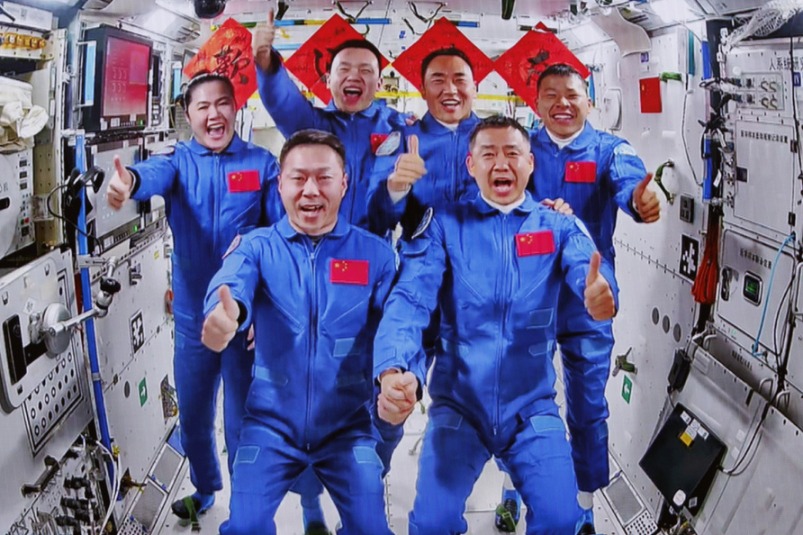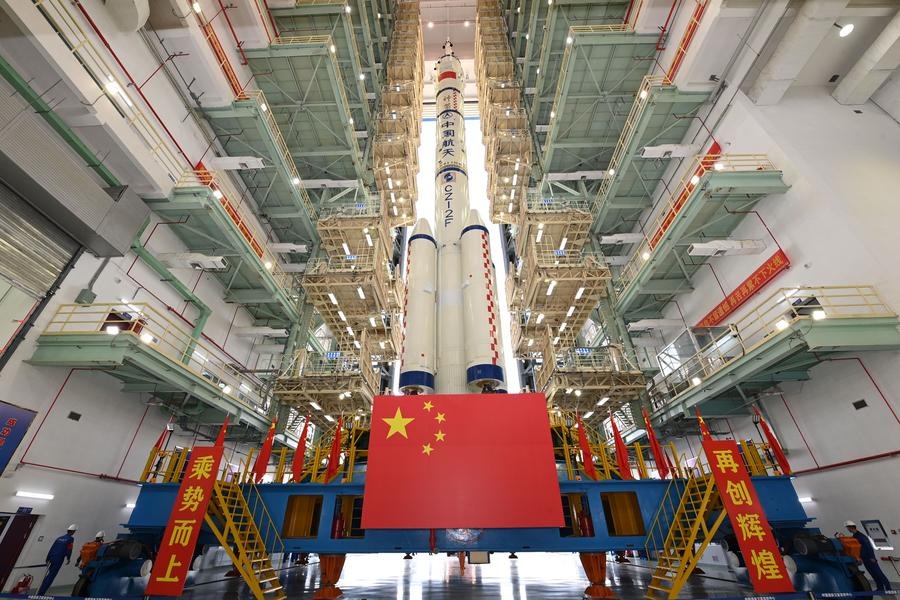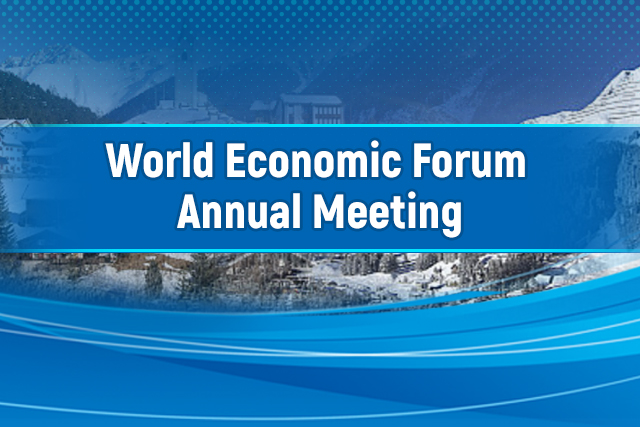Tariff chaos will hasten shift in global order
By Alfred Romann | China Daily Global | Updated: 2025-04-25 09:12

In a world where economic power and political influence increasingly hinge on trade and cooperation, the latest sweeping and often fluid round of US tariffs amounts to a big step backward into economic isolationism and protectionism.
The new measures — targeting everything, followed by exemptions and reimpositions now and then — are not just shortsighted, but are even self-destructive. While the stated aim is to protect or bring back the United States' industry, the outcome is likely to be just the opposite.
Complicating matters is the reality that it is becoming increasingly difficult to track what is levied and what is not, and by how much and for how long, and if there are exceptions or not. The rules in the US change from one day to the next, and sometimes even between morning and evening.
After weeks of posturing and threatening, the US first imposed massive tariffs on almost every nation, regardless of how much trade those countries did. A week later, on April 9, most reciprocal tariffs were rolled back, but not all. Washington kept in place a blanket 10 percent tariff on virtually all imports, and more significantly, upheld steep tariffs of up to 125 percent on goods from China — the world's second-largest economy.
The next day it clarified that tariffs on Chinese imports were 145 percent. A day later, tariffs on chips and a range of electronics were put on hold. Two days later, various officials said new tariffs on microchips were on their way at some point.
The measures currently in place single out China while sending a clear message: The US now prioritizes protectionism over partnership, is singularly interested in scoring short-term political points at home, and does not care about long-term economic isolation. Some of this isolation is already visible.
In Canada, for example, tourism to the US has fallen off a cliff and shoppers at supermarkets now check labels to avoid US products. In several European countries, travel to the US has also dropped as the European Union speeds up negotiations on free trade agreements with other countries while sidelining the US.
However, one broader consequence of US tariffs is more profound.
Let us look beyond the next few news cycles. What happens three, four or 10 years from now when the train of global trade gets firmly back on track? Will the world look to the US after its vocal efforts to erect barriers and burn bridges? Or will countries look for more consistent and open partners that have invested in connectivity, observed trade and investment agreements and actively promoted multilateralism?
The global "spaghetti bowl" of overlapping trade agreements will continue to evolve — but without the US playing a central role. The rest of the world will form new links and reinforce old ones.
Nations from Brazil to Indonesia are turning to other partners — often China — for investment, technology and market access. In Latin America, China's presence is growing steadily as countries look to diversify away from volatile US policies. The Association of Southeast Asian Nations is deepening its engagement with China, recognizing that growth opportunities lie not in decoupling, but in deeper integration. Even Europe, wary but pragmatic, has signaled a desire to boost trade ties with China.
The trend is unmistakable: While the US raises tariffs and tightens controls, countries across Asia, Africa and Latin America are lowering barriers and embedding themselves more deeply into global supply chains — many of which now revolve around China.
If the US continues down the path of economic nationalism and trade protectionism, it risks not just falling behind, but risks irrelevance.
Global leadership is not a given. It must be earned and re-earned through engagement, consistency and vision. As the US turns inward, China is increasingly taking a larger leadership role on the world stage. It is building institutions, not tearing them down. It is facilitating cooperation, not stoking division.
The US may still possess technological innovation and military power, but in the arena of global trade — a defining force of this century — China is positioning itself to lead. If the current trajectory holds, we may soon find ourselves living in a world where the rules of global commerce are no longer written by Washington.
And perhaps that is not such a bad thing. The world is not what it was a century ago. It is bigger, more interconnected, and far less dependent on any single power — especially one that chooses to build walls around itself.
The author is managing director of Bahati, an editorial services agency in Hong Kong and Canada.
























